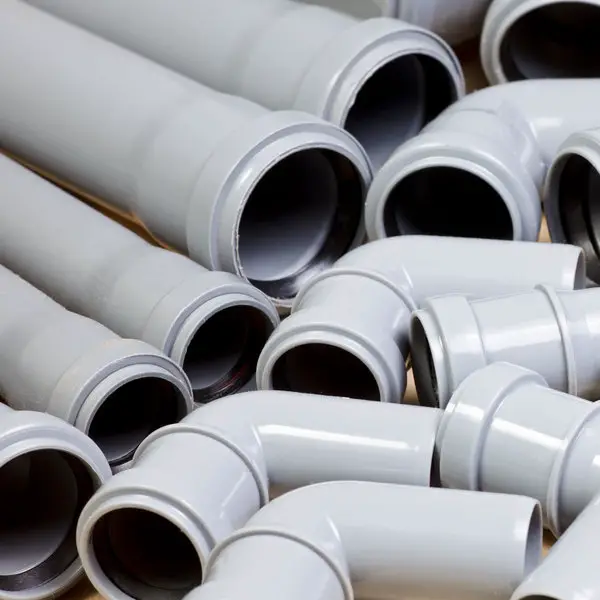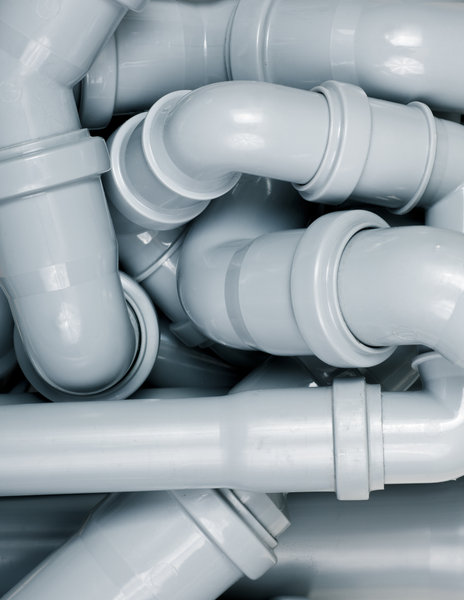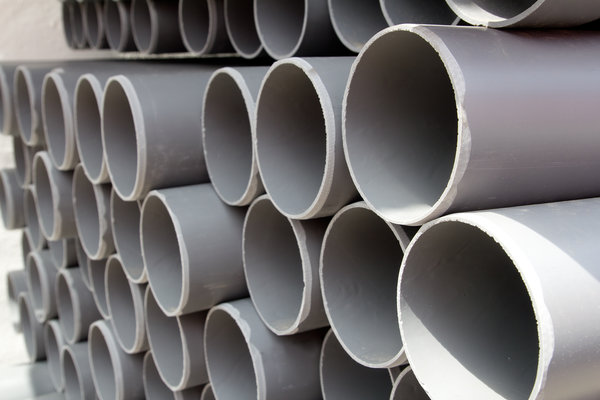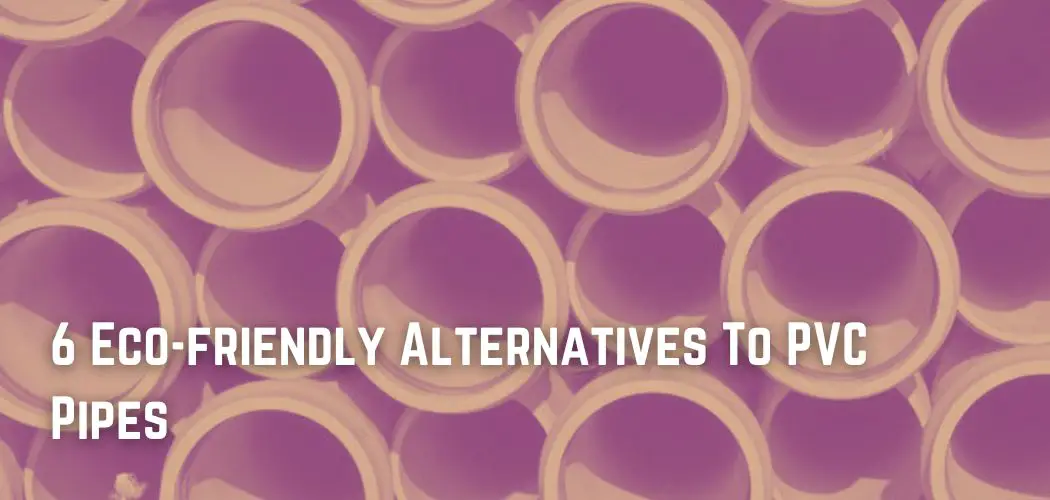Being environmentally conscious can now be applied to a wide range of aspects of our daily life, from the clothing we wear to the food we consume.
However, some individuals may not consider the environmental impact of our home’s water pipe systems. So let’s check out Eco-friendly alternatives to PVC pipes.
Copper
Metal pipes frequently include a high percentage of recycled material and are thus readily recycled. Even recycled metal pipes require a lot of energy to manufacture.
The process of melting and creating copper and iron products at high temperatures uses more energy than the process of making plastic pipes.
Metal pipes are more durable and less prone to cracking, but they erode more quickly, possibly contaminating the water. Iron drainpipes have a 50-year lifetime.
Epoxy pipe linings, on the other hand, not only extend the life of metal pipes by up to 50 years but also enhance water quality by creating a barrier between the water and corroding metal.

Copper tubing is considered an environmentally beneficial water piping material since it does not require the use of solvent-based sealants that include volatile organic substances, which add to pollution and global warming, as well as being dangerous to your health.
Because copper does not lose any chemical or physical qualities when recycled, it is considered a renewable resource. Because the mining of copper depletes natural resources and eventually results in pollution and emissions, it can be an ecologically safe choice if properly disposed of.
Individuals are more willing to recycle or sell their old copper because of its high value, good for the environment. 80 percent of copper extracted is still in use today, according to estimates.
Cast Iron
Because cast iron is formed entirely of recycled metals, including remelted pig iron combined with scrap metal and occasionally scrap steel, it is a green option for pipes.
It’s also recyclable, and the installation procedure uses none of the volatile organic chemicals present in typical plastic pipe adhesives. Because of its hardness and density, it is a long-lasting and efficient pipe material.
Galvanized Steel
Since it can be melted and recycled, galvanized steel is considered an environmentally beneficial option.

The 98 percent zinc galvanized coating on the steel is 100 percent recyclable and provides its longevity; coating may last up to 40 years.
Galvanized steel is a low-impact material due to its longevity and the fact that it requires little or no maintenance throughout its lifespan.
PEX
Thomas Engle, a German scientist, developed a means to crosslink ordinary plastic (polyethylene) using radiation in 1968, resulting in a far more elastic version of the material.
Hot water is injected through flexible tubing buried in a concrete slab to heat the slab and disperse heat throughout the space. PEX tubing is still widely used for radiant floor heating.
PEX tubing, like copper and cast iron, does not require welding or adhesives that emit harmful fumes, as do PVC pipes, making it ecologically benign. It is more silent than PVC or copper, and it can withstand temperatures up to 200 degrees Fahrenheit.
PEX, on the other hand, cannot be recycled, which is a major disadvantage when looking for environmentally friendly pipes for your house.
Insulation for pipes
Tube pipe insulation is a simple and efficient solution to save energy if you can’t afford to replace your existing pipe system right off the bat but still want to lessen your environmental impact.
Pipe insulation reduces heat loss by up to 80% and prevents cold water pipes from sweating. It will not only benefit the environment by conserving energy, but it will also benefit you by allowing you to save money.
Other plastics
PVC is usually more hazardous than polyethylene and polypropylene. Aquatherm, a German firm, manufactures polypropylene pipes, which are the only “future-friendly” piping product listed by Greenpeace International.

Even while most currently available items do not contain recycled components, these alternative polymers are more readily recycled, and they require to be replaced earlier than PVC or lined iron. Aquatherm says that its pipes would last 50 years.
Consumers who care about the environment should save both electricity and water. Check for faulty pipes regularly, and look for low-flow showerheads, dual-flush toilets, and water-conserving aerators.
PVC (polyvinyl chloride) is the most popular plastic used in drainage pipes nowadays, followed by iron, copper, and ABS (acrylonitrile-butadiene-styrene).
New polyethylene and polypropylene materials are more environmentally friendly. However, they are less common. There are various ecologically friendly pipe materials available that can help in various ways.





